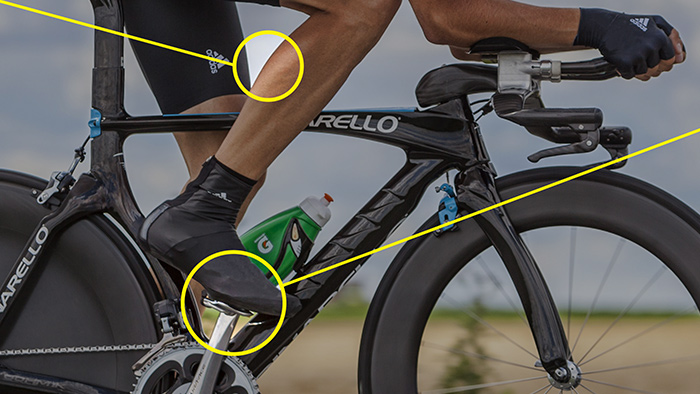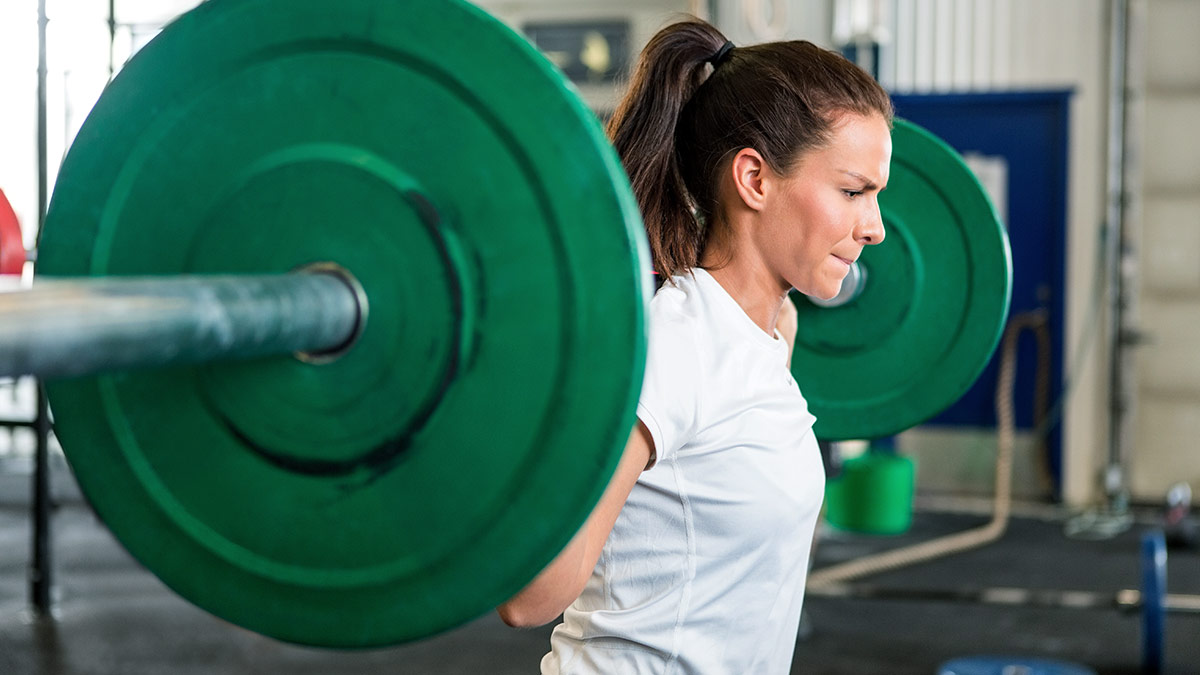What Are the Best Strength Workouts for Cyclists?
When you think about the best strength and conditioning exercises for cycling, you must first examine what’s needed. Cycling happens one leg at a time, is predominately aerobic, and requires repeated force production. Cycling also requires a strong core for handling your bike, climbing, and overall endurance.
There are many exercises that can address these needs, but there are a few, especially when combined, that target the entire body in a cycling-specific way. Bodyweight exercises can be done anywhere, from your home, gym or office, while exercises incorporating weights are best done in a gym setting with proper footwear, form and spotters if needed. Some examples include:
- Planks with variation: core strength helps maximize efficiency on the bike.
- Lunges: fire up the main muscle movers in cycling, including your glutes, quads, calves and hamstrings.
- Leg lifts: Target your hip flexors and abdominal stabilizer muscles for a smoother pedal stroke.
- Burpees: Require full-body explosive power.
- Other weighted exercises to try to include renegade rows, kettlebell swings, single-leg deadlifts, and front squats.

The primary focus when it comes to strength training for cyclists is to train in a similar motion to cycling with the lower and upper body while increasing overall core strength and muscular endurance. The main goal of strength training is to create a stronger support system for your prime movers while on the bike. The aerobically stronger your assistance muscles and core, the less fatigue you’ll experience late in an event. Additionally, you’ll have more potential for increasing power.
The exercises below are performed with kettlebells and dumbbells. An Olympic bar or dumbbells can be substituted for front squats and single-leg deadlifts. For weight guidelines, if you cannot complete the minimum number of reps and sets or your form is lacking, then lighten the weight, even if that means using zero weights. When you can complete the minimum number of reps and sets for two consecutive workouts easily, challenge yourself by adding light weight if zero weight is being used or increasing the current weight lifted. Upper body weight increases of 2-10lbs, and 5-15lbs for the lower body is a general rule of thumb.
Be sure to log and track your strength training with TrainingPeaks’ new strength builder. Easily create a workout with these movements and load it into your calendar.
Body Weight Exercises for Cyclists
Planks with Variation
Planks are one of the simplest exercises in the book and one of the most effective at increasing core strength. Planks can be done anywhere and can be used year-round. Planks target your shoulders, abdomen, and lower back. Lifting one leg can add a degree of difficulty to each set and further target the lower back. Start with hold times of 30-60 seconds per round and progress to 60-90 second hold times as you go through offseason training.
Lunges
Lunges are very cycling-specific since they are worked one leg at a time, targeting your quadriceps, hips and hamstrings. It is highly advised to start without weight in order to practice good form. Two common mistakes with lunges are letting the knee extend beyond the leading foot and flexing the torso forward/ jerking it back during the forward and backward movement phases. Focus on higher rep ranges of 15-30 reps per set, with the goal of 3-5 sets.
Leg Lifts
Leg lifts target the abdominals and hip flexors. A simple variation includes placing hands overhead to target the upper abdominals. Perform 15-25 reps per set with a goal of 3-5 sets.
Burpee
The burpee is a great full-body exercise. The movement involves all the major joints and is intended to be performed with an explosive movement. Some variations can include adding pushups and a standing jump at the end. Focus on fast repetitions in the 10-20 rep range, completing 3-5 sets.
Weight Training for Cyclists
Renegade Rows
Renegade rows are a full-body workout that targets similar muscles as the plank, with the addition of the upper back and arms. Rows will help build great endurance within your upper body. To add a level of difficulty, add a push-up between reps. Perform 15-30 reps per set, taking 30-90 seconds rest between sets, with a goal of 3-5 sets.
Kettlebell Swings
When speaking about power endurance, Kettlebell swings are the first exercise that comes to mind. Proper technique is important, so start with a lighter weight and progress from there. Keep your core strong, back straight and thrust from your hips and lower body, propelling your arms and weight to swing forward. Kettlebell swings will target your quads, hamstrings and hips.
Perform swings with an explosive movement and hold onto the kettlebell tightly! Begin in the 15-25 rep range with 1-2 minutes of rest between sets and 3-5 sets as a goal. Stop the set as soon as your form gets sloppy.
Single Leg Deadlifts
Single-leg deadlifts target the hamstrings and hips. Incorporating single-leg exercises help correct muscle imbalances since each leg is forced to support the load independently. It is highly advised to start with lighter weight (20-40lbs), working 8-10 reps per set. Spend a few weeks to get the muscle to adapt to greater loads, and then start incorporating slightly more weight. Work with a straight or slightly flexed back, slightly bent knee and strong core. Perform each rep with a slow, steady movement.
Front Squats
Squats should be a staple in the offseason training regimen. Front squats work the hips, quadriceps and hamstrings and are great to use through your max strength and muscle endurance phases. Always start with light weight, building a base with higher reps (15-30) before incorporating heavy weight and always use a spotter to judge form and help with safety when lifting greater loads.
Using these eight exercises will help you build the type of strength you can use when you’re on the bike. They require little in the way of equipment, and some can be done at home with no equipment. Taking the time to build strength in your shoulders, core and legs will help you ride longer and stronger all year.







